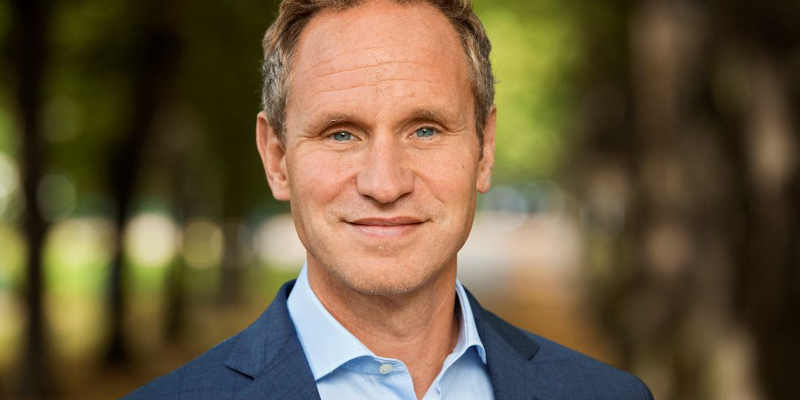Sustainability main driver for material development
Every year, World Material Forum (WMF) organizes a conference in Nancy, France, where they invite senior CEO’s from different world leading industrial companies, politicians and academics to discuss material development. We talked to Gränges’ CEO Johan Menckel who participated at the conference.

Tell us a little more about what the conference is all about
- This is a very high profiled conference and to put this into perspective this event is like the World Economic Forum in Davos, but for the material industry which covers 75% of the world economy from mining to recycling through transportation, packaging, electronics, building, energy, water and food. The purpose of the conference is to use our collective intelligence, speaking with facts and figures, not only to find ideas but to put them to work, be with new business models or breakthrough technologies, while involving all stakeholders of the value chain - industrialists, startups, academics and regulators. I have been part of the board of directors for World Material Forum for four years, Menckel says.
What was your role at the conference?
- This year I was responsible for a session which focused on nine different KPI’s, where we, among other things, discussed what drives the long-term material development from the whole value chain. The KPI’s are the result of years of input from car manufacturers, airlines and the mining industry. And the result is that these nine KPI’s which all industries have in common, Menckel says.
What is WMF’s objective when it comes to these nine KPI’s?
- In a world of increasing contraints on natural resources, all WMF stakeholders are interested in supporting an economic growth more in line with a sustainable use of these resources. The major objective of material efficiency is to decouple economic growth from material consumption. This objective should be achieved while creating value for economic actors. The material efficiency issues can be categorized into three categories; 1) Use smarter: use the most adapted materials and maximize their use. 2) Use less: reduce our consumption of resources and 3) Use longer: create products that last longer, Menckel explains.
What were the KPI’s you discussed?
- The nine KPI's were; Percentage of innovative materials, Product performance vs. weight, Overall product usage, Percentage of recycled materials, Buy-to-use, End-of-life recycling, Energy, Product lifetime and Resale price. All is of course very interesting and relevant. What was very interesting was that we did a study among the participants about their view on what is the most important driver for development. And the answer was sustainability. All product development is based on a sustainability perspective and there is less focus on the most advanced material. It is important that the material can be recycled and disassembled, which is very much line with what we are doing within our sustainability framework, Menckel says. (see chart below)

How would you rate this conference?
- This is truly a unique conference where for instance the Chairmen or CEOs of Saint-Gobain, Anglo American, Mitsubishi, Solvay, Hexcel, Ivanhoe Mining, Faurecia, JX Nippon Mining & Metals or Arkema openly share information and insights about future trends and technologies. It is very special, and I am glad to be part of this and to represent Gränges in this context, Menckel concludes.

 svenska
svenska
 中文(中华人民共和国)
中文(中华人民共和国)



